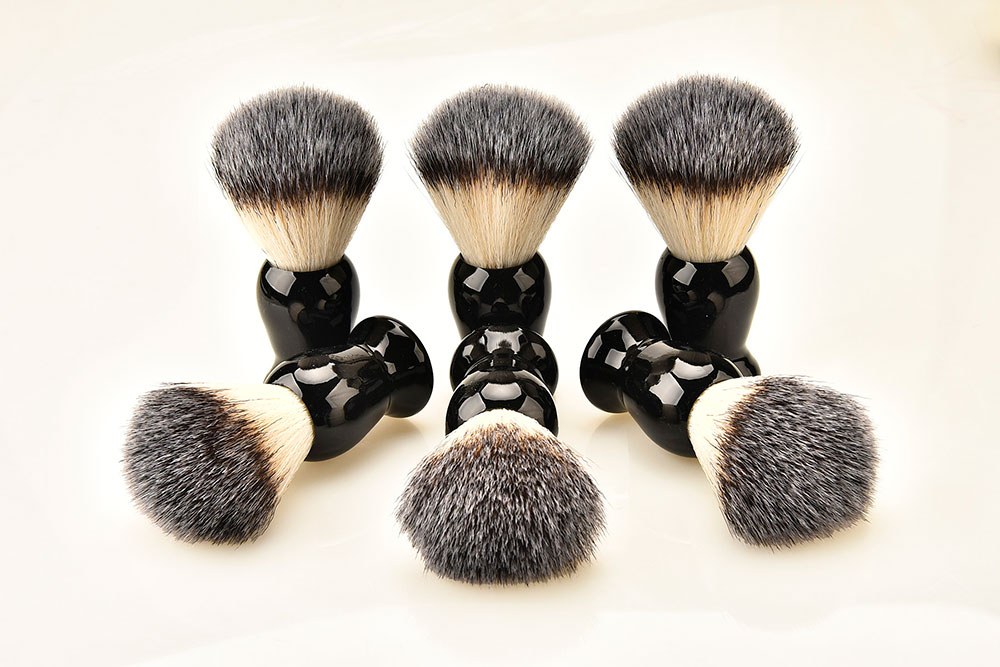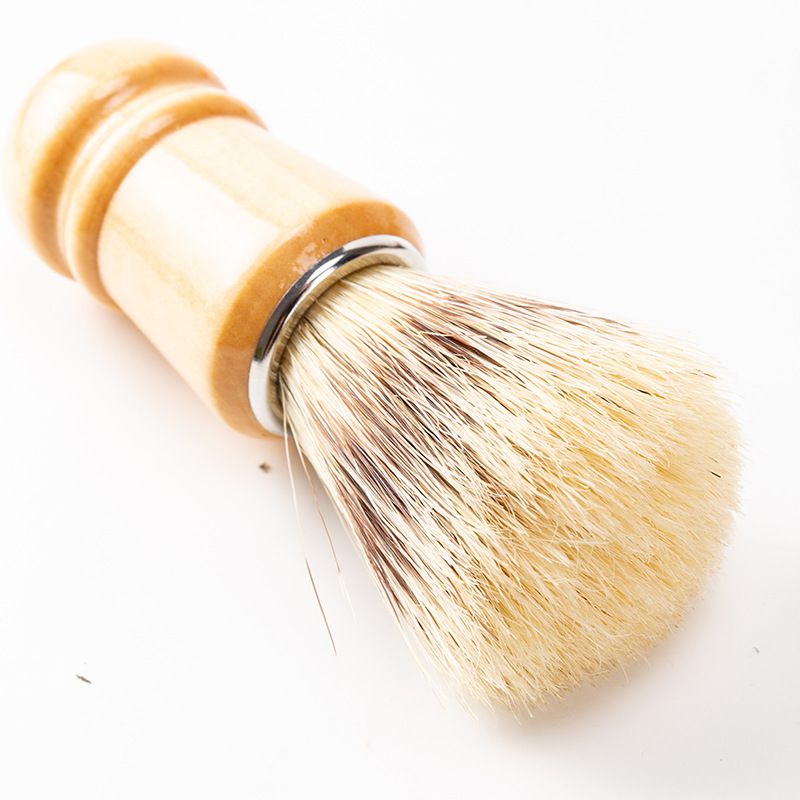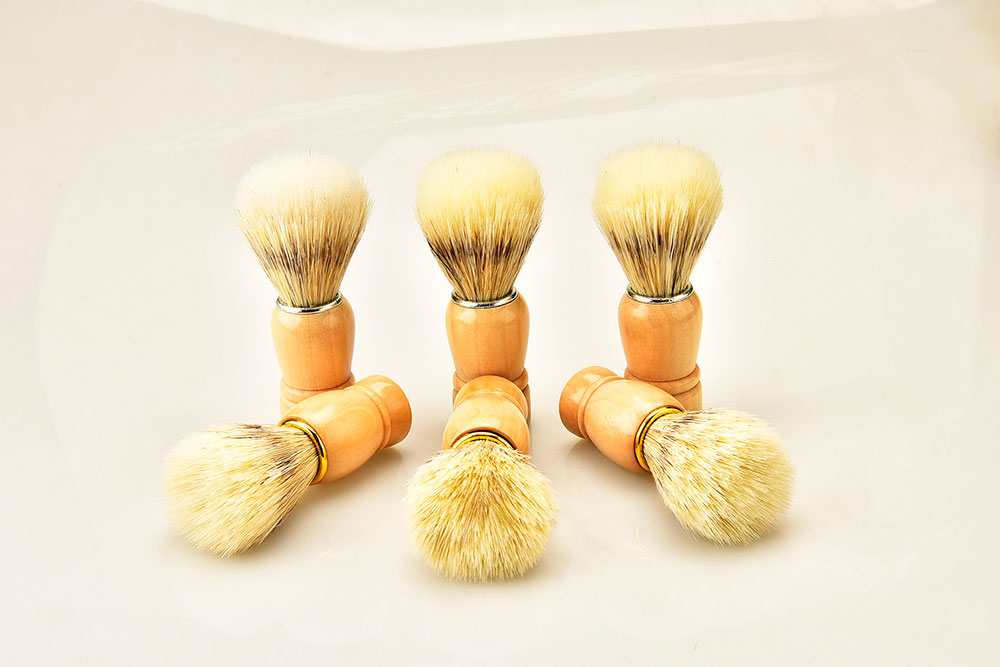Industry news
Sustainable Packaging for Shaving Brushes: A Green Initiative
- 896 Views
- 2025-10-10 02:30:59
Sustainable Packaging for Shaving Brushes: Pioneering Eco-Friendly Practices in Grooming
In an era where environmental consciousness shapes consumer choices, the grooming industry is undergoing a green revolution— and sustainable packaging for shaving brushes is at its forefront. As global awareness of plastic pollution and climate change grows, consumers are increasingly prioritizing brands that align with their values, with 73% of shoppers worldwide willing to pay more for products from sustainable companies (Nielsen, 2023). For shaving brush manufacturers, this shift isn’t just a trend; it’s a call to reimagine packaging as a tool for both protection and planetary responsibility.

The Urgency of Change: Traditional Packaging’s Environmental Toll
For decades, the shaving brush industry, like many in personal care, relied heavily on conventional packaging—think thick plastic clamshells, non-recyclable laminates, and excessive foam inserts. These materials, while effective for product protection, came with steep environmental costs. Single-use plastics, the backbone of traditional packaging, can take up to 450 years to decompose, clogging landfills and oceans. Overpackaging, too, wasted resources: layers of unnecessary cardboard, glossy coatings, and non-biodegradable adhesives added to carbon footprints without tangible benefit to the consumer. Worse, many shaving brush packages mixed materials (e.g., plastic windows with paper boxes), making recycling nearly impossible. By 2022, global plastic packaging waste from personal care alone reached 12.7 million tons annually (UNEP Report), highlighting the need for urgent reform.

Redefining Packaging: Core Strategies for Sustainability
Today’s leading shaving brush brands are ditching outdated norms, embracing three pillars of sustainable packaging: material innovation, design minimalism, and circularity.
Material Innovation: From Plastic to Planet-Friendly

Biodegradable and compostable materials are replacing virgin plastics. Mushroom mycelium packaging, grown from agricultural waste, offers a shock-absorbent, home-compostable alternative to foam inserts. Brands like ours have adopted bamboo fiber boxes—renewable, lightweight, and naturally antimicrobial—paired with plant-based adhesives and soy-based inks to eliminate toxic residues. For delicate badger or synthetic brushes, we’ve tested seaweed-based films: these thin, flexible sheets degrade in marine environments within 180 days, solving the “accidental litter” risk.
Recycled materials are another cornerstone. Post-consumer recycled (PCR) paper, made from 100% recycled , now forms 85% of our outer boxes, reducing reliance on virgin wood pulp. Meanwhile, recycled PET (rPET) bottles, repurposed into sturdy packaging sleeves, cut plastic use by 60% compared to traditional designs.
Design Minimalism: Less is More
Sustainable packaging isn’t just about what’s used—it’s about how much. Our “Naked Brush” line eliminates outer boxes entirely, using embossed, water-resistant labels directly on the brush handle to convey product info. For gift sets, modular designs replace layered packaging: a single bamboo tray holds the brush, soap, and a reusable cotton pouch, cutting material use by 40%. Even tape is reimagined: we now use plant-based, water-activated tape that leaves no residue, making recycling seamless.
Circularity: Closing the Loop
True sustainability extends beyond the product’s first use. We’ve launched “Return & Renew,” a program where customers mail back packaging (postage-paid) to be cleaned, refurbished, and reused. To date, over 3,000 packages have been recycled, saving 1.2 tons of waste. We also print QR codes on every package, linking to a guide on how to compost, recycle, or repurpose the materials—empowering consumers to join the circular effort.
The Business Case: Why Green Packaging Pays
Skeptics once argued sustainable packaging was cost-prohibitive, but data tells a different story. Our switch to bamboo and recycled materials, paired with design efficiencies, reduced packaging costs by 18% in two years. More importantly, eco-conscious consumers have responded: sales of our sustainable lines surged 35% in 2023, outpacing non-sustainable products by 22%. A 2024 survey of our customers found 81% cited “sustainable packaging” as a key reason for purchase—proof that green initiatives drive loyalty.
Looking Ahead: The Future of Shaving Brush Packaging
The journey to full sustainability is ongoing. Next year, we’ll trial mycelium-based handles (grown from agricultural byproducts) to replace plastic ferrules, further slashing our carbon footprint. Industry-wide, collaboration is key: we’re partnering with suppliers to develop a shared sustainability standard, ensuring materials are sourced ethically and tested for biodegradability. As technology advances—think edible packaging films or solar-powered production— the possibilities for greener grooming are limitless.
In the end, sustainable packaging for shaving brushes isn’t just an initiative; it’s a promise—to protect the planet while elevating the grooming experience. For brands, it’s a chance to lead, innovate, and connect with consumers on shared values. For the planet, it’s a step toward a future where every shave leaves a lighter footprint.











